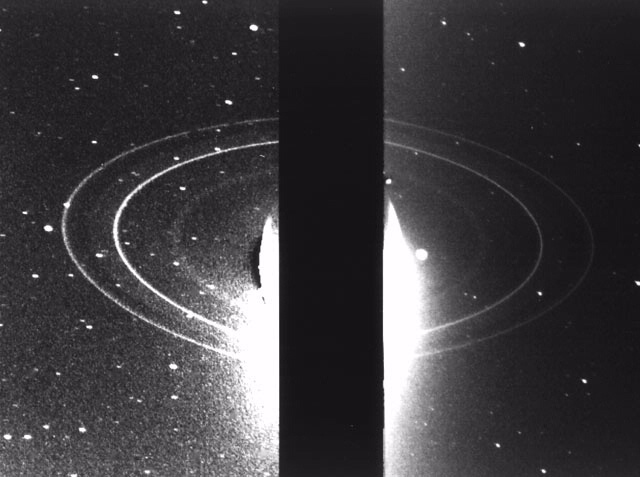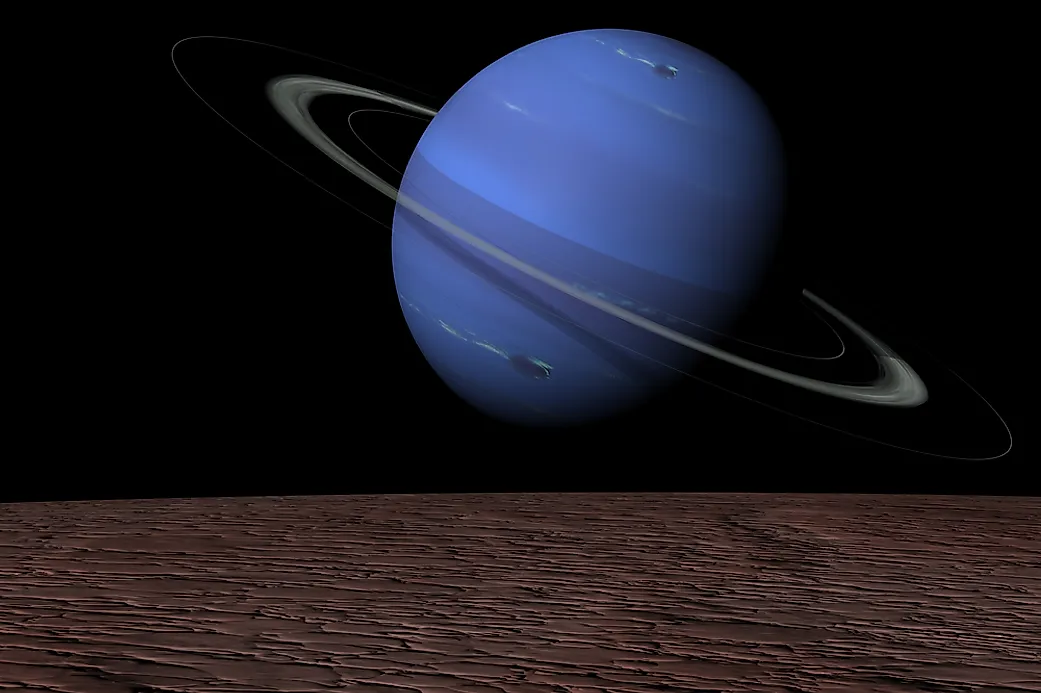

(Image credit: NASA / Jet Propulsion Lab) (opens in new tab)

The dark boundary of the storm and the surrounding white cirrus clouds suggests its is moving in a counterclockwise rotation. These winds were linked with a large dark storm that Voyager 2 tracked in Neptune's southern hemisphere in 1989.Ī closeup of Neptune's Great Dark Spot taken by Voyager 2. A single orbit of the sun takes Neptune 165 Earth years to complete.ĭespite Neptune's distance from the sun, which means it gets little sunlight to help warm and drive its atmosphere, Neptune's winds can reach up to 1,500 miles per hour (2,400 kilometers per hour), the fastest detected in the solar system so far. Neptune's elliptical, oval-shaped orbit keeps the planet an average distance from the sun of almost 2.8 billion miles (4.5 billion kilometers), or roughly 30 times as far away as Earth, making it invisible to the naked eye. However, Neptune is a spheroid shape, meaning that it bulges around its equator, making the radius of the pole slightly smaller. Neptune is the fourth largest planet in the solar system, with a radius of 15,599.4 miles (24,622 kilometers) - the distance between its core and the surface. (Image credit: NASA/JPL) (opens in new tab)īy studying the cloud formations on the gas giant, scientists were able to calculate that a day on Neptune lasts just under 16 hours long. The width of the cloud streaks range from 31 to 124 miles. The planet's cloud cover has an especially vivid blue tint that is partly due to an as-yet-unidentified compound and the result of the absorption of red light by methane in the planet's mostly hydrogen-helium atmosphere.Ĭloud streaks over Neptune's surface, taken by Voyager 2. Astronomers are still trying to figure out at what point a planet is so giant that it may pick up a lot of gas in the area, making it difficult or impossible for life to exist. Like Earth, Neptune has a rocky core, but it has a much thicker atmosphere that prohibits the existence of life as we know it. Specifically, astronomers are interested in learning about the habitability of worlds that are bigger than Earth. While Neptune is interesting because it is in our own solar system, astronomers are also interested in learning more about the planet to assist with exoplanet studies. Today, there are still many mysteries about the cool, blue planet, such as why its winds are so speedy and its magnetic field is offset. Only one mission has flown by Neptune - Voyager 2 in 1989. In accordance with all the other planets seen in the sky, and as suggested by Le Verrier, this new world was given a name from Greek and Roman mythology - Neptune, the Roman god of the sea.

Le Verrier then informed his colleague, German astronomer Johann Gottfried Galle, about his calculations, and Galle and his assistant Heinrich d'Arrest confirmed Le Verrier's predictions by viewing and identifying Neptune through the telescope at his observatory in Berlin. The two scholars independently came up with nearly identical mathematical predictions about Neptune's existence. At the same time Le Verrier was calculating the existence of Neptune, so was English astronomer John Couch Adams.


 0 kommentar(er)
0 kommentar(er)
